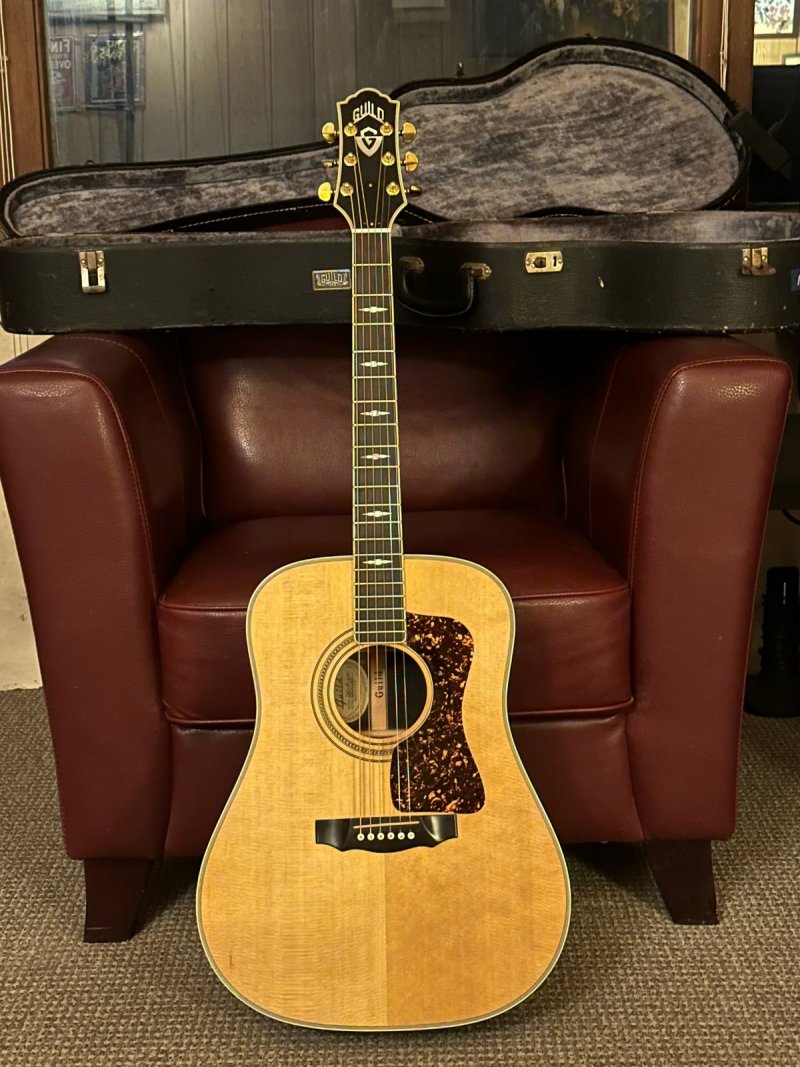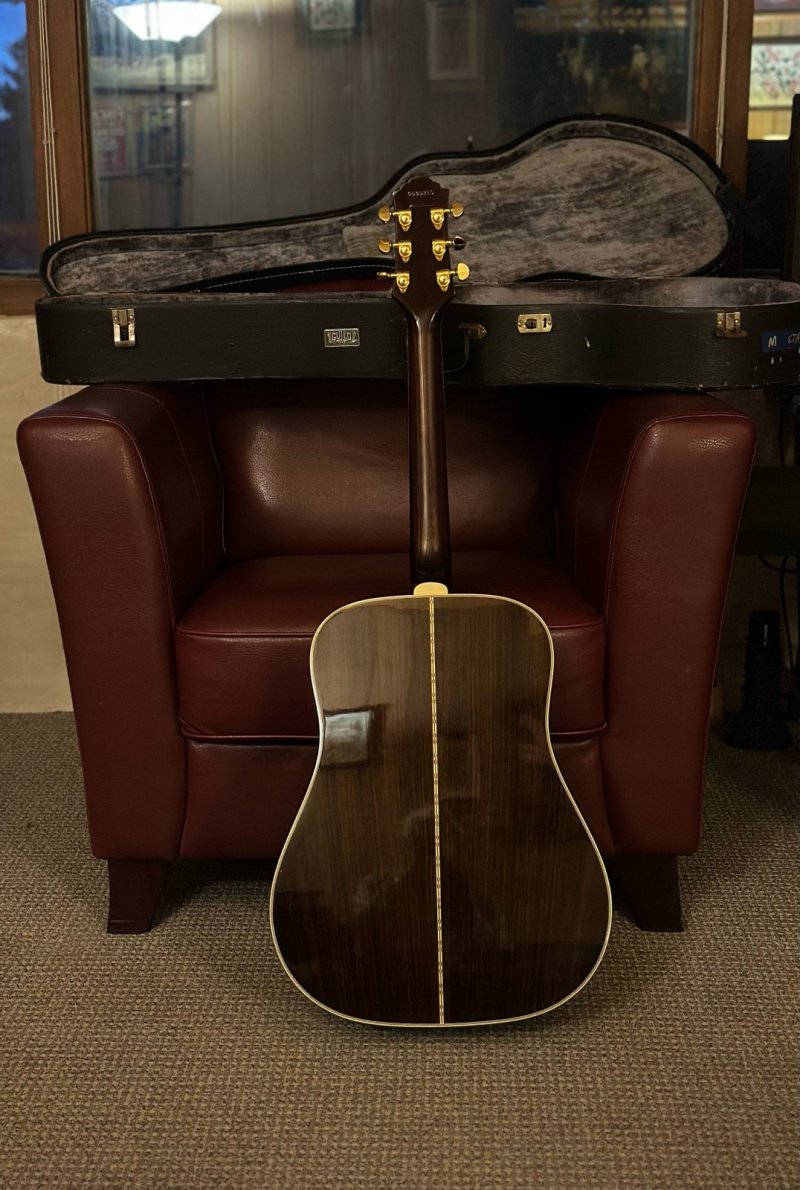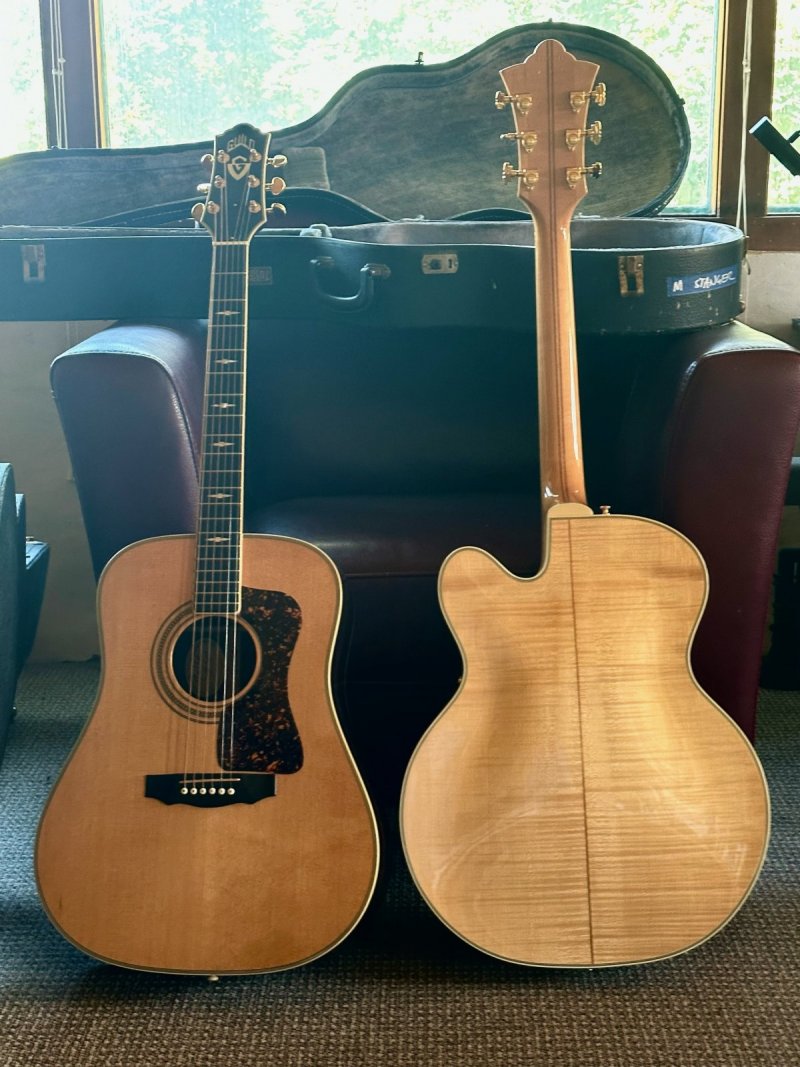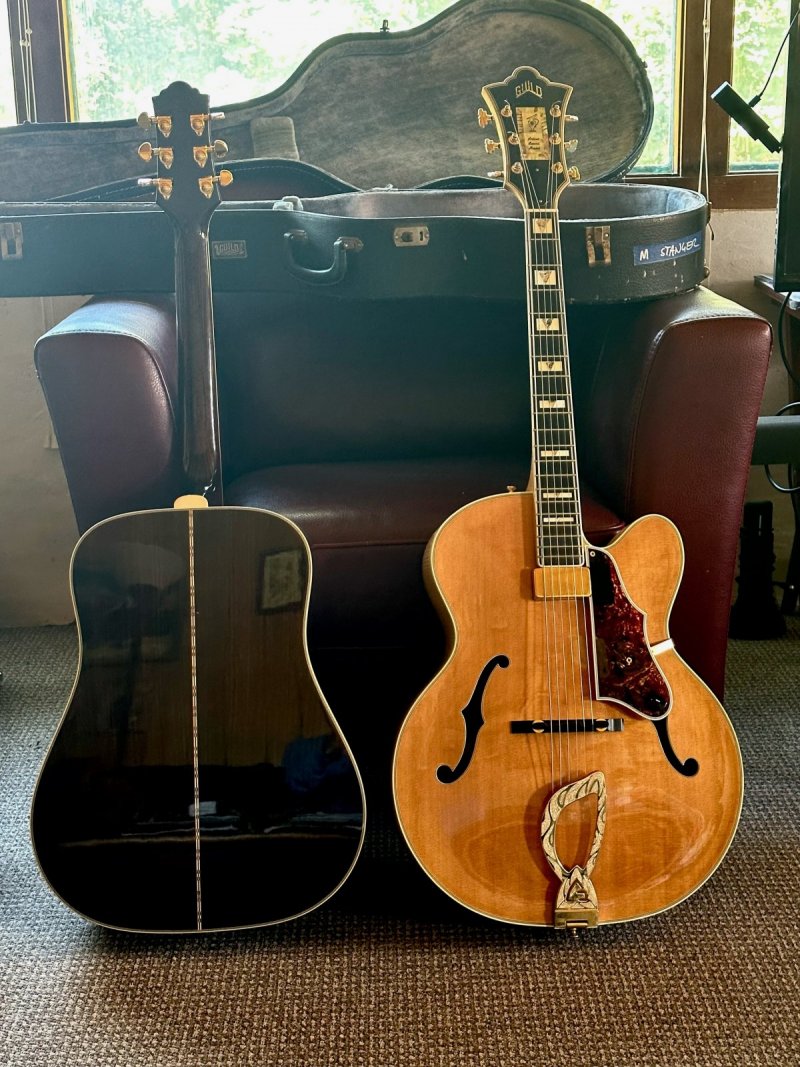adorshki
Reverential Member
I actually see some good logic in the Gruhn era model numbers: "JF" always designated 17" lower bout F-body, "GF" designated 16" lower bout F body, and at the time the F20 and F30 were in sporadic production: there's still an F20 on his '86 price list but no F30, and they'e both absent in the June '87 list, when the JF's, GF's and D's were the flattop lineup options. Maybe Gruhn just hadn't got around to updating 'em yet?Yup.
I've been cross-checking GAD's fine bunch of old catalogs on his blog. The oldest catalogs have a very natural progression of sizes and types, but the names Guild used gets confusing and so do the model numbers.
He became management ca '86 IIRC (designed the first F and D bodies for em in '84 IIRC, the F44 and D44) and brought Kim Walker in too, and Walker has said he was still implementing Gruhn design ideas in the early '90's, after his departure, such as the snakehead headstock. And I suspect the shallow F-body A/E's like my F65ce.
Interesting he was asked to update my beloved 16" F-body platform first. They became the GF series. He also brought a lighter build philosophy after Guild had gone "built like a tank" from the mid '70's to mid '80's.
That's another reason I suspect the renaming of models like the F50 and F50R was more than an arbitrary name change. I suspect they also reflected whatever subtle tweaks to the build may have resulted from the Gruhn/Walker design philosophy, thus, the "Walker D60".
To their credit, Fender did establish the Guild Nashville Custom Shop in late '96, and they built some very very fine pieces there, including one of their first production pieces, the 45th Anniversary Valencia. Intended to announce Guild as a force to be reckoned with in the biz, it was based on....the 16" maple F-body, "Valencia" being the original marketing name for the F40.I'm old friends with Ren Ferguson, and he said one of his biggest problems when he became the Fender guy put in charge of getting more Guilds out the factory door was Fender. The management always put Fender's needs of the moment ahead of Guild's.
He said he didn't ever fight with the management when he gave them suggestions on what to change; he said Fender is a really big ship, so it takes a lot time for the company to make a turn and change directions. Any change would have to trickle its way trough a big corporation before anything would change.
When we both worked in Gibson Montana, that division was more independent from headquarters in Nashville. The acoustic guitar division did things differently than in the big Nashville shop, and was a much smaller shop. So when a change was needed, it could happen fast unless there was something major involved in it.
Nashville had over 250 workers, while Montana only had 90 at most, and quite often, fewer than that. And 90 was quite a large acoustic shop for the times.
Nowadays, CAD technology is so good at producing semi-finished parts that are perfect that a smaller crew could be used to do all the fine handwork that's needed to make a high-quality acoustic guitar. 30 years ago, when I first went to work there, Gibson intentionally limited their CAD work and used human labor more.
The shop was built to restore the Gibson reputation for fine hand crafting at at time when Norlin had almost destroyed that reputation. We never made more than 90 guitars a day using all that hand labor at a time when some of the competition were making 200 a day, but we made enough good guitars to bring Gibson back into the acoustic market again making them like they were made 50 years earlier.
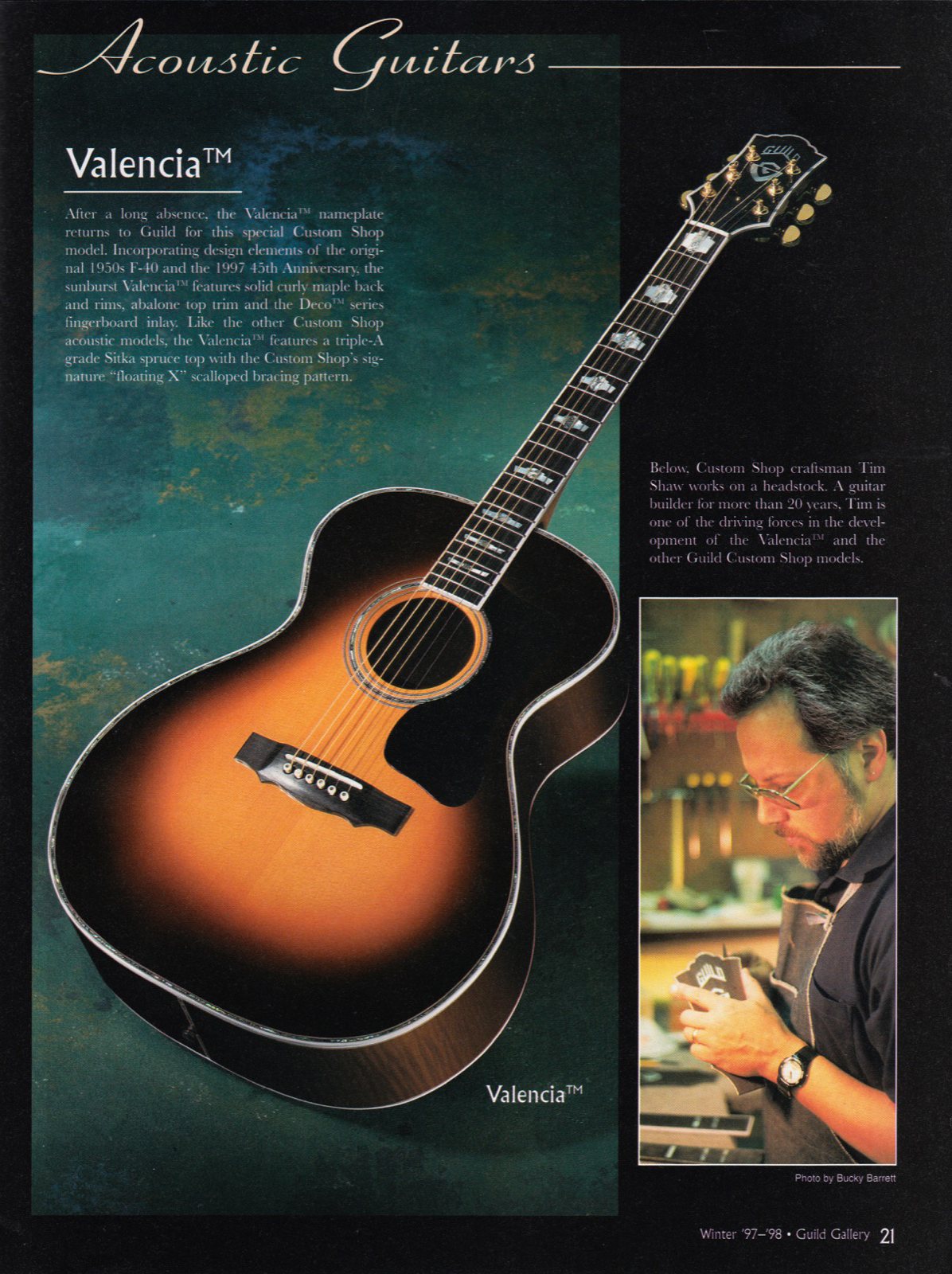
Note the 45th Anni is a flatback, though. Still, the only thing keeping me from lusting after one is my desire for a 24-3/4 scale. Early F65ce's offered it but had a 1-5/8 nut. Mine is 25-5/8 scale with the 1-5/8 and it's just a tad narrow for me. But they never offered that scale on those bodies with a 1-11/6 nut. So that's my unicorn.
But now perhaps you see why my obsession with "the F40" family is so strong. Most comfortable body I ever played and sounds like voices sometimes.
Also got a '96 D25 and an '03 D40 Richie Havens for when I wanna rock out. Along with the '01 F65ce, all bought new, after the D25 taught me what a good guitar is.
Last edited:
